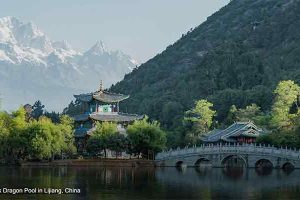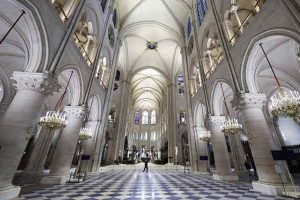
bdmetronews Desk ॥ In the search for a treatment for COVID-19, researchers are exploring a wide range of approaches, including antibiotics (which ordinarily aren’t effective against viruses), a drug used for malaria (also not a virus) and of course the gold standard for viral disease, a vaccine (which is probably at least a year away). Another approach is to harvest antibodies, protective substances produced in response to an infection, from the blood plasma of people who have been infected.
That, however, is a slow process, and there are no guarantees it will work; you have to recruit patients to donate plasma, and then collect and process it into a form that can be used therapeutically.
Dr. Jacob Glanville, one of the researchers featured in the Netflix documentary “Pandemic: How to Prevent an Outbreak,” thinks he has found a shortcut. Glanville is the president of Distributed Bio, a computational immunoengineering group that focuses on making antibody therapeutics and vaccines. For weeks, Glanville and his team braved long shifts in the lab to engineer a possible treatment for COVID-19, and last Wednesday, April 1, he announced via Twitter that they had achieved a breakthrough. Yahoo News spoke to the scientist that evening.
“For the last nine weeks we have been working on creating an antibody therapy to neutralize and therefore cure the novel coronavirus in patients who need it.”
Antibodies are proteins that are produced by the immune system to help stop intruders and pathogens, such the coronavirus, in order to prevent sickness and harm.
“We are engineering very specific antibodies that are really good at this, to be able to go block the virus.”
Glanville told Yahoo News that in order to save time and arrive at these results, he went back to antibodies that had proven effective 18 years ago in the fight against SARS.
“The SARS virus is a cousin of the novel coronavirus. They’re related to each other. The antibodies that bound SARS were well studied. They were known to neutralize it and protect it, so they would be good medicine if SARS ever came back.”






